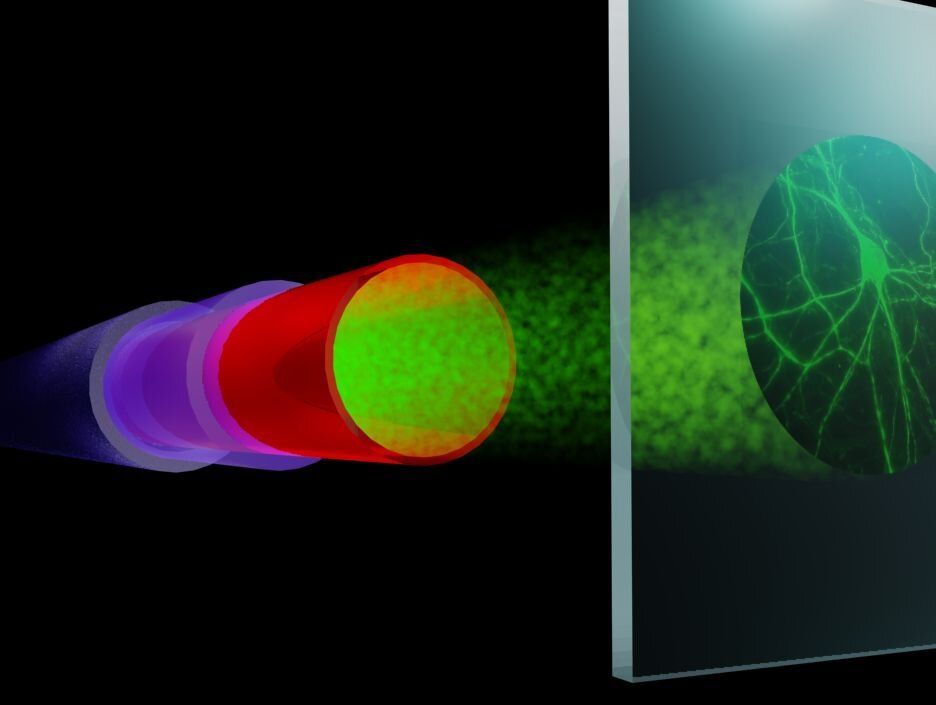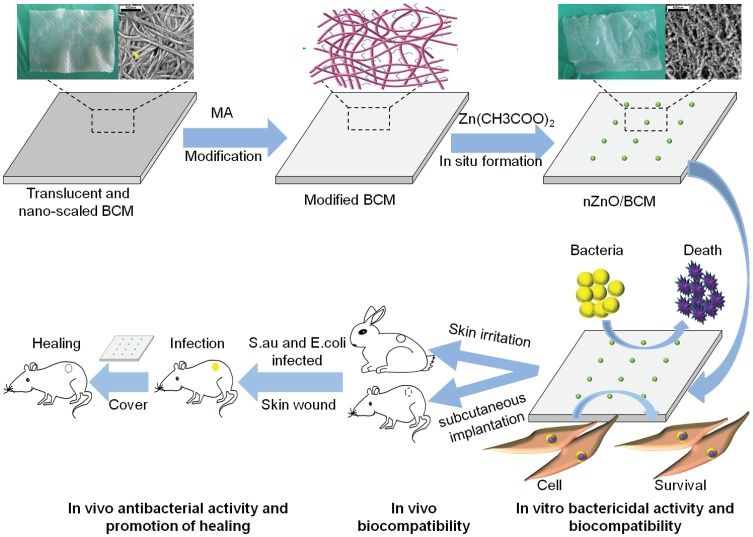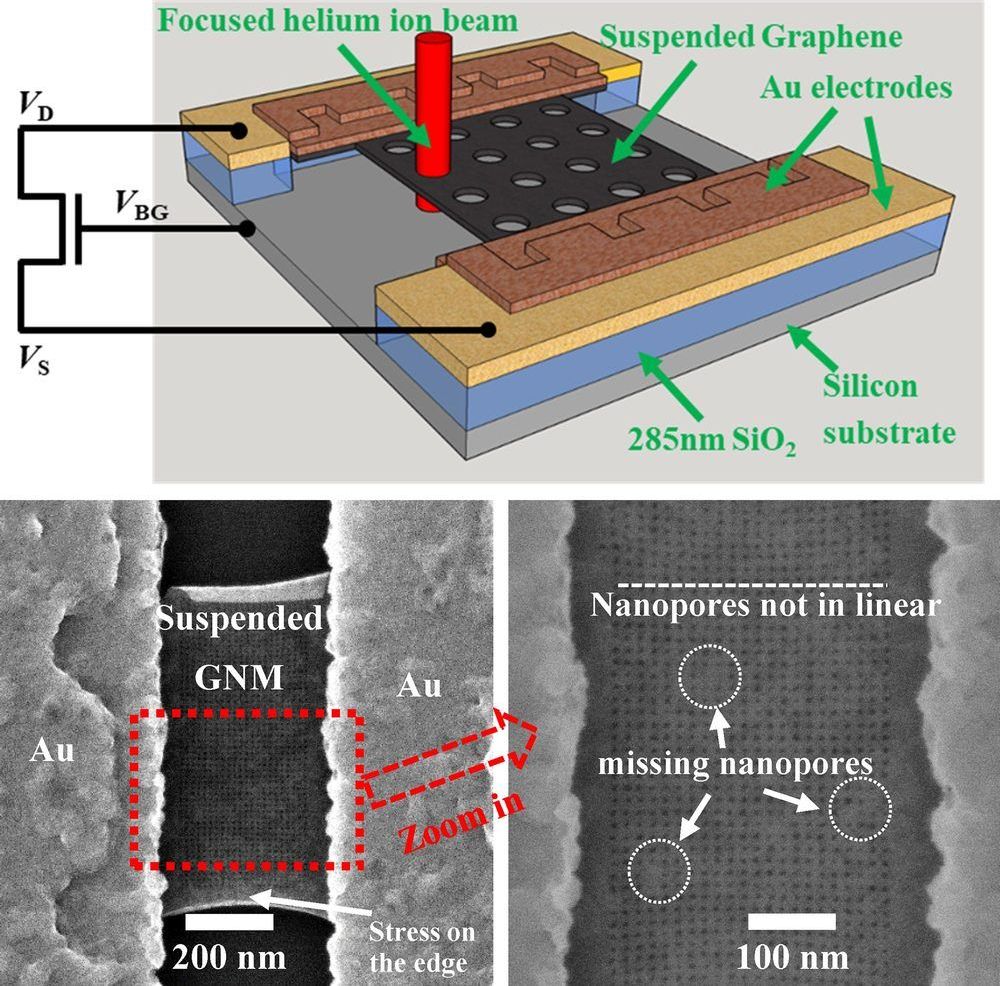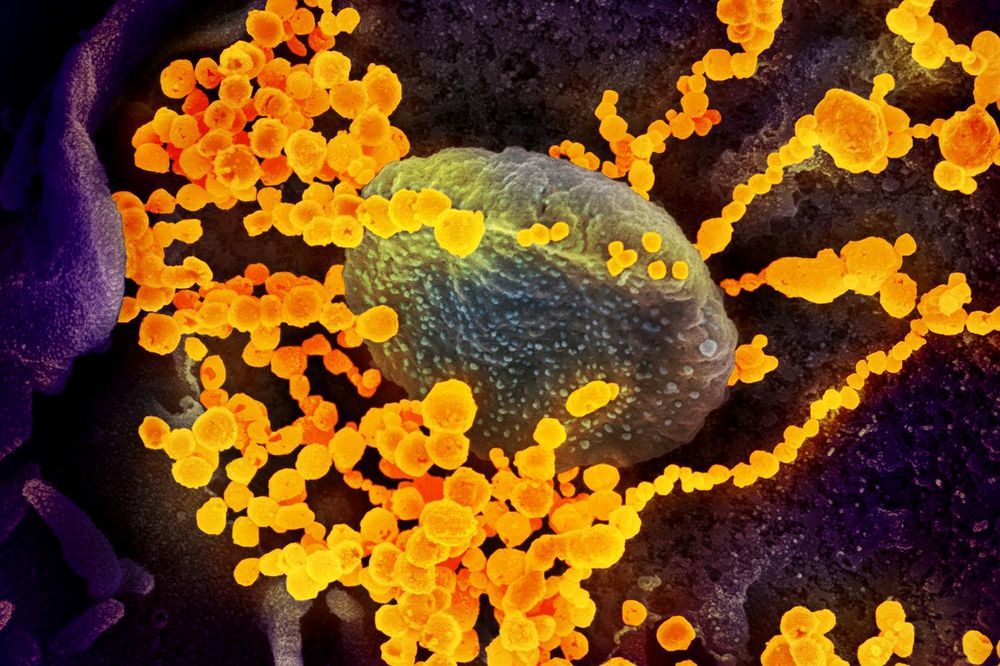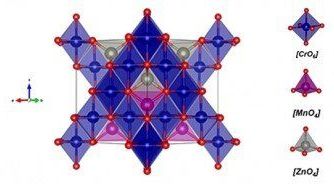Researchers at ARCNL and Vrije Universiteit Amsterdam have developed a compact setup for fast, super-resolution microscopy through an ultrathin fiber. Using smart signal processing, they beat the theoretical limits of resolution and speed. Because the method does not require any special fluorescent labelling, it is promising for both medical applications and characterization of 3D structures in nanolithography. On May 7th, the results were published in Light: Science & Applications, a scientific journal in the Nature family.
“Imaging at the nanoscale is limited by the wavelength of the light that is used. There are ways to overcome this diffraction limit, but they typically require large microscopes and difficult processing procedures,” says Lyuba Amitonova. “These systems are unsuitable for imaging in deep layers of biological tissue or in other hard-to-reach places.”
Amitonova recently started a research group on Nanoscale Imaging and Metrology at ARCNL. She is also connected part-time to VU Amsterdam where she works on ultrathin fibers for endomicroscopy in the group of Johannes de Boer. Amitonova and de Boer have developed a way to overcome the diffraction limit in small systems to enable deep-tissue imaging with super-resolution.
